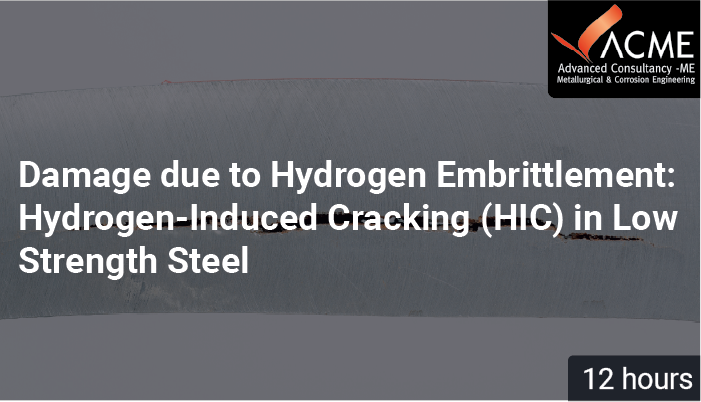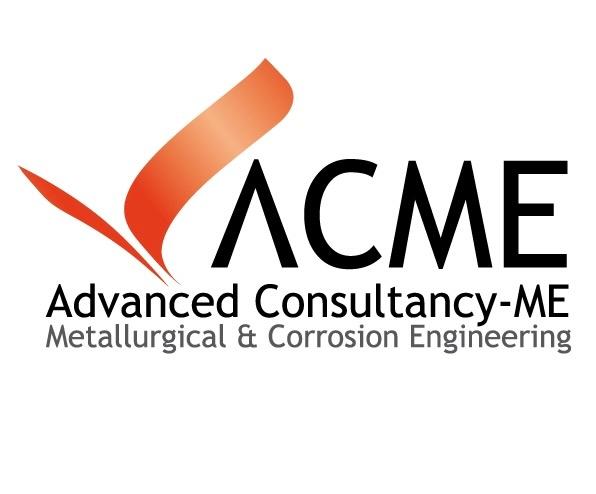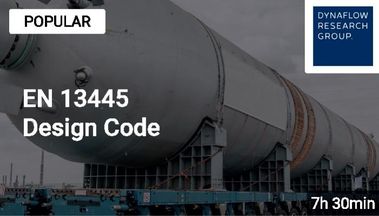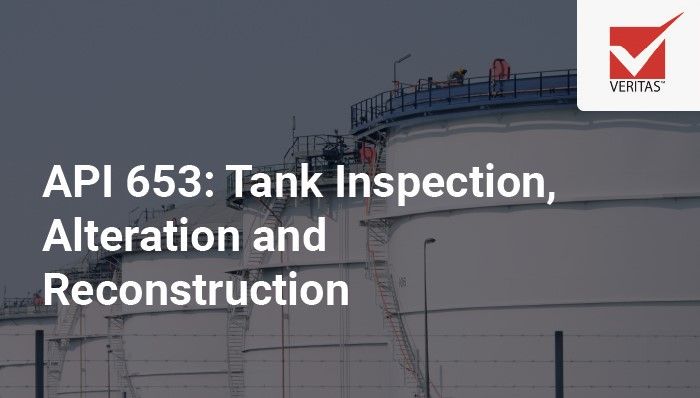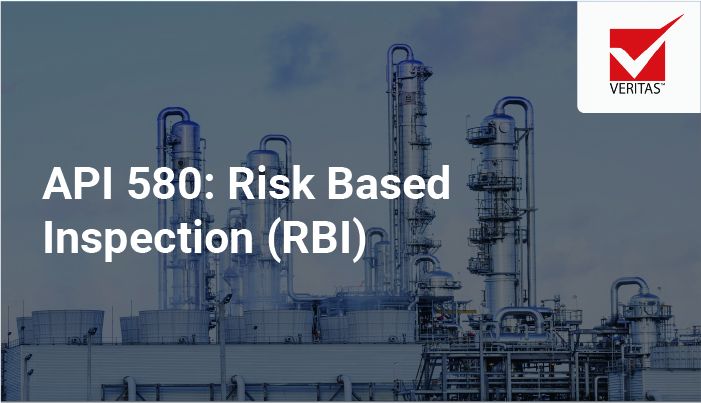Damage due to Hydrogen Embrittlement: Hydrogen-Induced Cracking (HIC) in Low Strength Steel
Join the Program
Virtual or Classroom
12hr Content
2 Day program
Registration deadline: 15 July 2024
Custom Scheduling
Mimoun Elboujdaini
INCO3116
Format:
Instructor-led
Join the Program
To register multiple team-members at once, use the link below.
Need a dedicated version of this program for your team? Please contact us.
Course Objective
“Provide a comprehensive understanding of the causes, mechanisms, and effects of hydrogen embrittlement in low-strength steels.”
Private course for team
Custom scheduling
Industry Expert
On-site or virtual
1-year unlimited access
to up-to-date course materials
PDH Hours qualified course
Read more here
About the course
In-Company
Live sessions
12 hr Content
Custom
English
INCO3511
The occurrence of hydrogen embrittlement is a much-researched phenomenon, known to cause mechanical property degradation and catastrophic failures. This form of cracking is especially detrimental and often observed in oil country tubular goods (OCTG) which are subjected to sour gas. Consequently, the significance of HIC is most appreciated by oil companies at various stages of oil extraction, transportation, and storage.
In this training course participants will be taught the fundamentals of hydrogen embrittlement, also known as Hydrogen Induced Cracking (HIC), and gain a comprehensive understanding of the causes, mechanisms, and effects of hydrogen embrittlement in low-strength steels. The core focus is to teach how to identify factors influencing HIC susceptibility and learn about the various factors, including material composition, processing conditions, and environmental factors, that contribute to the susceptibility of low-strength steels to hydrogen-induced cracking.
The course addresses a significant concern in various industries and processes, equipping professionals with the knowledge and skills to prevent and mitigate HIC in low-strength steels. Thereby ensuring safety, reliability, and cost-effectiveness in the use of these materials. Participants will gain in-depth knowledge of the HIC phenomena and applicable risk assessments, and learn practical approaches to ensure the safety and reliability of low-strength steel structures and components. The course combines theoretical concepts with real-world case studies and examples.
The course consists of 12hr of live sessions with the instructor. All training content is provided through your EngineeringTrainer account. After the course you maintain 1-year unlimited access to the course, including any new course material. This allows you to perform modules again should you need to refresh your knowledge.
Questions? Contact us
hello@engineeringtrainer.com
+31 (0)85 058 0051
Monday - Friday, 9am - 6pm CEST

Meet your instructor
Program & Details
Occurrences in pipelines and pressure vessels handling sour gas and oil:
Upstream and downstream operations
Gas transmission pipelines
Hydrofluoric acid service
Others
Including the metallurgical and environmental conditions affecting the likelihood of HIC development.
The related mechanism “Stress-Oriented Hydrogen-Induced Cracking” will also be described.
HIC-resistant steel purchase specification quality assurance testing and acceptance criteria.
Field and plant monitoring techniques play a crucial role in assessing the condition, performance, and integrity of various industrial assets.
In this module the application of commonly used field and plant monitoring techniques, such as Non-Destructive Testing (NDT) and Thermography, are explained from the perspective of HIC.
There are several techniques: Visual Inspection; Liquid Penetrant Testing (PT); Magnetic Particle Testing (MT); Ultrasonic Testing (UT): Ultrasonic Phased Array (PA): Radiographic Testing (RT); and Computed Tomography (CT), etc.
These techniques are used in various industries to inspect, test, or evaluate materials, and components. NDT is crucial for ensuring the safety, reliability, and quality of products, as well as for identifying defects or flaws in materials and structures. Additionally, NDT plays a crucial role in ensuring compliance with industry standards and regulations.
New construction or replacement materials
Specification of HIC‐resistant steel
Avoidance of HIC-New linepipe.
Recommended specification for hydrogen embrittlement linepipe.
Chemical inhibition
Coatings
Development of protective scales, etc.
Fit-for-purpose testing of metallic materials for sour service!
Test environment
The test method
The interpretation and application of the test results
Acceptance criteria NACE TM-0177 Method A/D, 4-Point Bend, C-Ring, etc.
Minimize effects of hydrogen through careful selection of materials
Material selection: base metals, weld metals, and fabrication practices, as well as adherence to procedures
Results
After this course, you...
have learned key aspects of Hydrogen-Induced Cracking in low-strength steel.
know the mechanism for Hydrogen-Induced Cracking and have seen how this is impacted by the material mechanical properties and process conditions.
have the knowledge and skills necessary to identify, assess, and mitigate the risks associated with Hydrogen-Induced Cracking.
familiar with the field and plant monitoring and inspection techniques for Hydrogen-Induced Cracking.
understand fit-for-purpose testing of metallic materials for sour service. -be able to contribute to the safe and reliable use of low-strength steels in various industries.
have enhanced your professional competence in materials science and engineering.
Who should attend this course
The course is beneficial for a range of professionals involved in industries where steel piping is used. The course is particularly relevant for:
Engineers and Technicians; Industry Professionals.
Quality Control and Assurance Personnel.
Inspectors and NDT Specialists.
Researchers and Academics
Health, Safety, and Environment (HSE) Professionals.
Prerequisites:
Participants should have a basic understanding of engineering principles, particularly in areas related to materials science, corrosion, and pipeline engineering.
Familiarity with Steel Materials
Basic Corrosion Concepts
NDT and Inspection Techniques
Level: Intermediate
Live sessions
This course consists of instructor-led group sessions, these group sessions can be Virtual or Onsite. During these sessions participants can ask questions to the instructor which are discussed, as well as questions submitted beforehand in the learning portal.
After each live session used slides and exercise documents are made available to participants on the learning portal. Please note that for privacy reasons no recordings of the live sessions are made or provided. You receive 1-year unlimited access to the online course material. This allows you to watch content again if this is beneficial for your daily work activities and benefit from any material updates.
The live sessions are scheduled together with the customer and are private for their team only.
Typically the training course would be scheduled as:
Virtual: 4 sessions of 3 hours each
Onsite: 2 days of 6 hours
After the course participants receive 1-year unlimited access to the slides and exercise documents used within the sessions via the learning portal. This allows them to review material when required to refresh their knowledge for daily work activities.
A personal digital certificate will be made available to each participant upon full attendance.
Example Certificate:
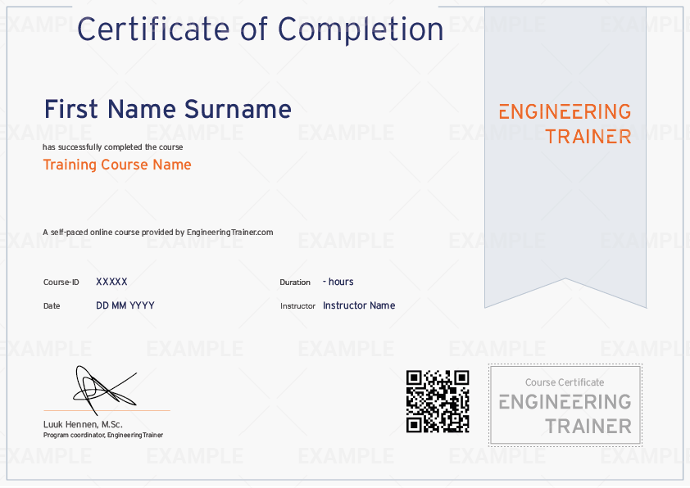
FAQ
This course consists of instructor-led live sessions which consist of presentations, demonstrations and discussions of questions. During each live session participants can ask questions to the instructor (through chat or microphone) which will be answered.
Please note that for privacy reasons no recordings of the live sessions are made or provided.
The training material used in the live sessions, for example the slides or exercises, will be available in the EngineeringTrainer portal for a year after the date of the training allowing you to refresh your knowledge or review material if needed.
No, course content is not available for download.
The training material used in the sessions, for example the slides or exercises, will be available in the EngineeringTrainer portal for a year after the date of the training allowing you to refresh your knowledge or review material if needed.
Please note that for privacy reasons no recordings of the live sessions are made or provided.
Yes, interactive Q&A sessions are part of the live sessions in this course and allow you to interact with the instructor and ask questions.
To respect the privacy of the participants the live sessions will not be recorded, and as such the live sessions cannot be played back. Therefore it is important for all participants to block the time slots of the live sessions in their calendars and be present.
No software licenses are provided as part of this course.
Yes, this course qualifies for PDH hours as per the NCEES CPC Guidelines.
Related Courses

Virtual or Classroom upon request
Industrial Automation System Architecture and OT Cybersecurity
